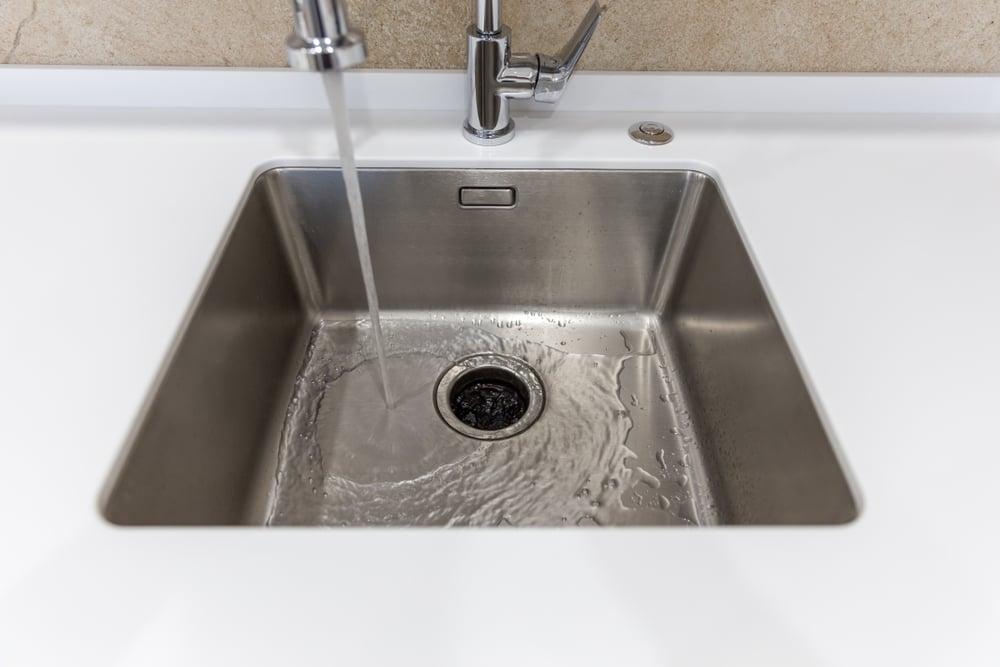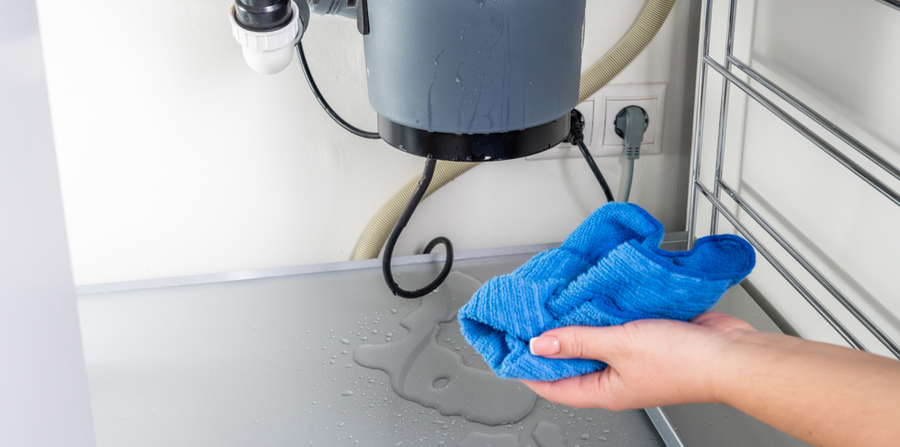Easy Steps to Stop a Leak in Your Garbage Disposal
Easy Steps to Stop a Leak in Your Garbage Disposal
Blog Article
Are you trying to find additional info Why Is My Garbage Disposal Leaking From the Bottom??

Garbage disposals are necessary kitchen devices that aid in disposing of food waste efficiently. However, a leaking waste disposal unit can be an irritating and unpleasant problem to manage. The good news is, several leaks can be taken care of conveniently with a few straightforward actions. In this article, we will certainly discuss how to fix a leaking waste disposal unit properly.
Intro
Waste disposal unit are set up under kitchen sinks and are made to shred food waste into smaller items, permitting it to go through the plumbing system quickly. While these gadgets are typically trusted, leaks can take place gradually as a result of damage, loose links, or damages to the system.
Common Causes of Leaks in Rubbish Disposals
Worn Seals and Gaskets
Seals and gaskets play an important function in avoiding water from dripping out of the waste disposal unit. Gradually, these elements can weaken, causing leakages around the disposal device.
Loose Connections
The connections between the garbage disposal and the pipes system can come to be loosened in time, triggering water to leak out during procedure.
Cracks or Holes in the Disposal System
Physical damages to the waste disposal unit, such as splits or holes in the housing, can additionally cause leakages.
Determining the Source of the Leak
Prior to attempting to take care of a leaking garbage disposal, it is vital to determine the resource of the leak. This can normally be done via visual inspection or by carrying out easy tests.
Visual Examination
Examine the garbage disposal unit thoroughly for any indications of water leak. Pay attention to locations around seals, gaskets, and link factors.
Evaluating for Leakages
One way to examine for leaks is by running water via the disposal system and checking for any noticeable indications of leakage.
Devices and Products Needed for Taking Care Of a Leaking Garbage Disposal
Prior to beginning the repair service procedure, collect the needed tools and products, including a screwdriver, adjustable wrench, plumbing technician's putty, replacement seals or gaskets, and epoxy or patching material for fixing fractures or openings.
Step-by-Step Overview to Taking Care Of a Leaking Garbage Disposal
Turn Off the Power
Prior to attempting any fixings, ensure that the power to the garbage disposal device is switched off to stop the risk of electrical shock.
Locate the Leak
Identify the specific place of the leakage and establish the cause.
Tighten up Connections
Make use of a wrench to tighten up any kind of loosened links in between the disposal system and the pipes system.
Change Seals or Gaskets
If the leakage is because of worn seals or gaskets, eliminate the old parts and replace them with new ones.
Patching Cracks or Holes
For fractures or openings in the disposal device, usage epoxy or an ideal patching material to seal the broken location.
Testing the Waste Disposal Unit After Repair Work
When the repair work is full, check the garbage disposal by running water via it to make certain that the leakage has actually been settled.
Preventive Maintenance Tips to Prevent Future Leakages
To prevent future leakages, it is essential to execute routine upkeep on your garbage disposal. This includes keeping it tidy, staying clear of placing non-food items or difficult objects down the disposal, and periodically checking for leaks or various other concerns.
Conclusion
To conclude, fixing a leaking garbage disposal is a relatively simple procedure that can be finished with standard tools and materials. By adhering to the steps outlined in this write-up and practicing preventive upkeep, you can keep your garbage disposal in good working problem and avoid costly fixings in the future.
What to Do About a Leaking Garbage Disposal
A leaking garbage disposal often goes unnoticed until you confront a sopping cabinet, a foul-smelling puddle, or an audible drip-drip-drip from the unit. The fix can be frustrating, too, because the leak can stem from a number of components in the system. Fortunately, with a little sleuthing, you can zero in on the leak and—depending on the exact location—stop the icky oozing and repair the component that caused it. Worst case scenario, if it turns out that the garbage disposal must be replaced, installing a new one is a reasonable do-it-yourself task for those with basic plumbing skills. Read on to keep the cash you’d otherwise hand over to a pro.
Prepare to find the leak
Prior to testing the garbage disposal for leaks, unplug it at the wall outlet and turn off the power from the breaker box to prevent electrical shock. Then insert a watertight sink stopper into your sink drain and wipe the unit dry with a clean cloth. In any handy container, mix a few drops of food coloring into a few cups of water, and pour the dyed water onto the sink stopper to help you locate the leak.
Investigate the source
the top, where the disposal meets the sink drain the side, where the dishwasher hose or main drain pipe connects to the disposal or the bottom of the unit Inspect each of these locations while gliding a light-colored rag over the unit; the dyed water will readily show on the rag and reveal the location of the leak. If a leak isn’t immediately apparent, remove the sink stopper and pour a few more cups of dyed water down the sink drain, then check for leaks again. Leaks near the top of the unit are more likely to show themselves while the sink is plugged, while side and bottom leaks are more noticeable while the sink is unplugged.
The metal sink flange that sits directly inside the sink drain is typically sealed around the top with plumber’s putty (a clay-like sealant) and then secured from under the sink with bolts. If the plumber’s putty deteriorates, or the bolts loosen, the flange can no longer form a watertight seal between the sink drain and the disposal—which could cause a leak at the top of the unit.
To reseal the leaky flange, you must first detach the garbage disposal. Start by loosening the screws securing the main drain pipe to the disposal, then loosen the screws in the metal clamp securing the dishwasher hose to the disposal and detach the drain pipe and dishwasher hose from the disposal. Loosen the screws in the mounting ring that connects the disposal to the metal mounting assembly beneath the sink, then pull down the disposal and carefully set it on a clean, dry surface. Loosen the bolts in the mounting assembly with a wrench, then pull down the mounting assembly and set it near the disposal.

As a fervent reader on Why Is My Garbage Disposal Leaking From the Bottom?, I was thinking sharing that post was sensible. Loved our blog entry? Please share it. Help others discover it. Bless you for your time. Visit again soon.
Schedule Today Report this page